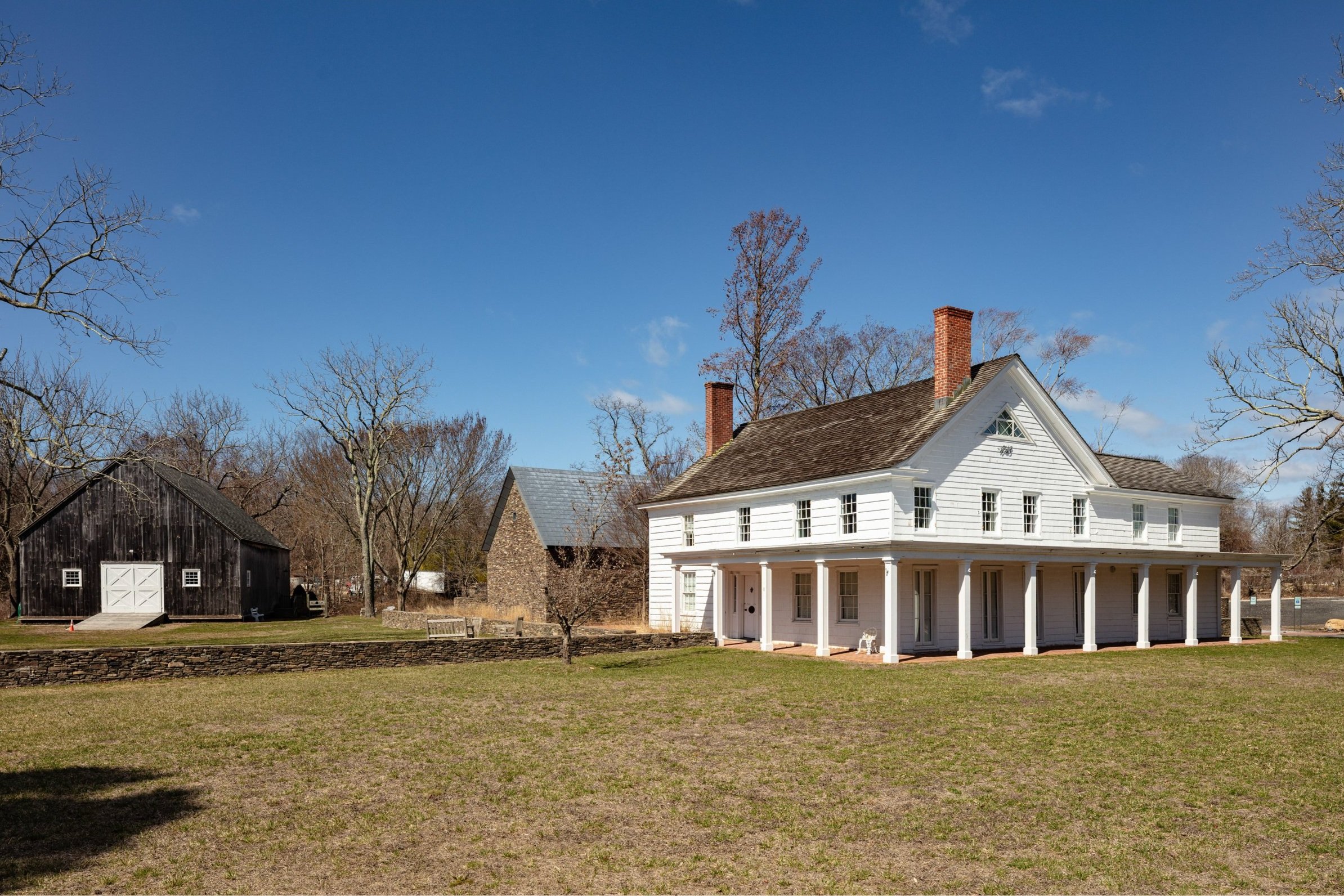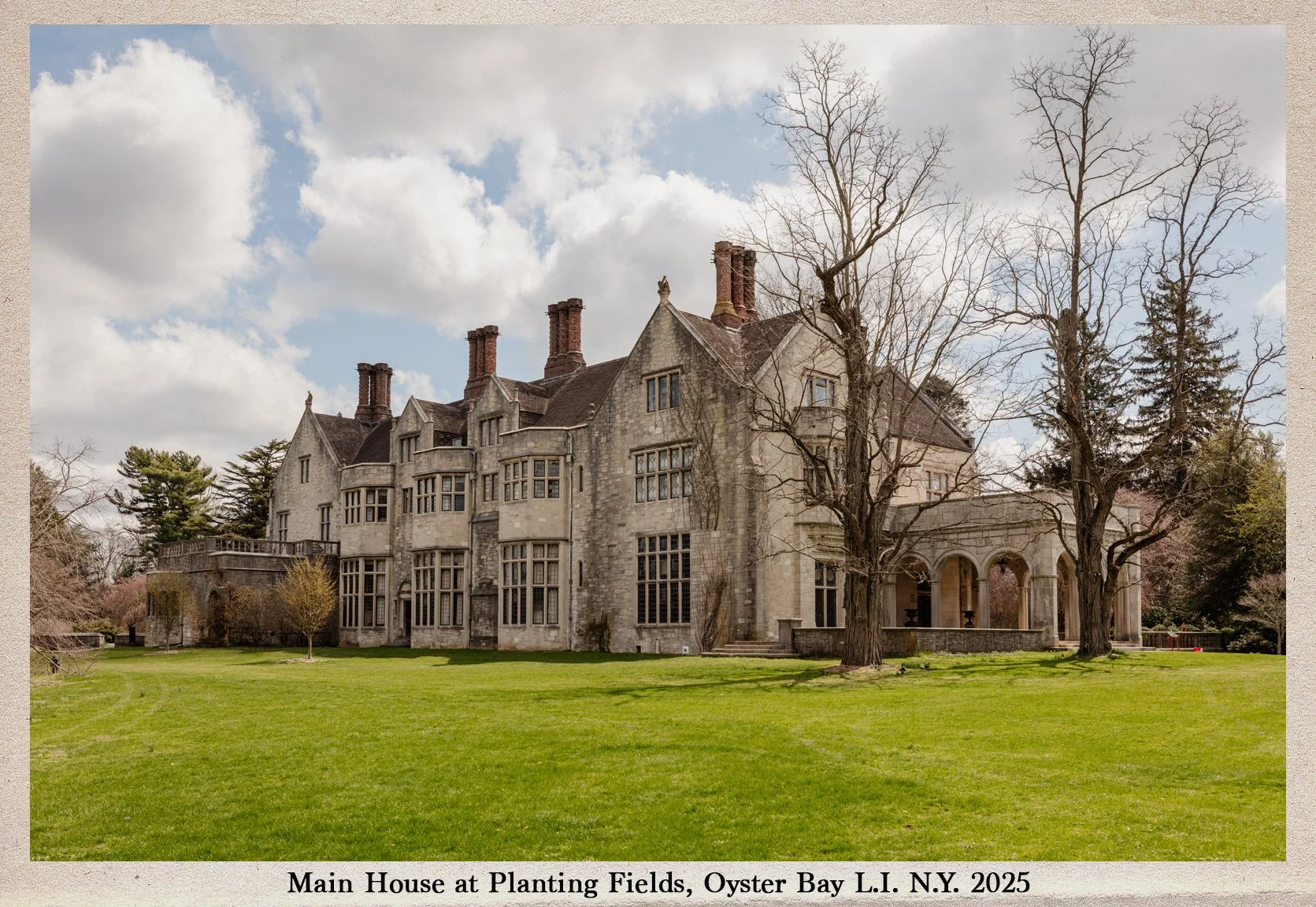
The Postcard Project
Welcome to The Postcard Project, a journey through time, capturing the history and beauty of Long Island’s historic landmarks and beyond. As a photographer with a passion for architecture and preservation, I created this series to document, explore, and share the stories of the places that shaped our past. Each episode takes you inside centuries-old buildings and iconic sites, uncovering their hidden histories and unique architecture. But it’s more than just storytelling—at the end of every visit, I take a photograph, preserving these locations like a postcard from history. This is my way of keeping the past alive, one frame at a time.
St. James General Store | Ep. 01
The St. James General Store is a rare glimpse into the past, standing as one of the oldest continuously operating general stores in the United States. Established in 1857, this charming historic landmark transports visitors to a time when small-town mercantile shops were the backbone of daily life.
From its creaky wooden floors to the vintage display cases, everything inside feels like stepping into a living museum. The store still sells old-fashioned candy, local goods, antiques, and nostalgic gifts, maintaining its original charm while continuing to serve the community. It has been carefully preserved to retain its 19th-century character, making it a popular stop for history enthusiasts and those looking to experience a piece of Long Island’s past.
For The Postcard Project, the St. James General Store perfectly embodies historical preservation, standing as a testament to Long Island’s rich heritage.
Stony Brook Grist Mill | Ep. 02
Tucked away in the picturesque village of Stony Brook, New York, the Stony Brook Grist Mill is a beautifully preserved piece of Long Island’s colonial past. Originally built in 1699, this historic watermill was once the heart of the community, where local farmers brought their grain to be milled into flour.
The current structure, dating back to 1751, sits alongside a peaceful millpond, featuring an overshot water wheel that still turns today. Inside, visitors can step back in time, exploring the original wooden gears, grinding stones, and the intricate machinery that kept the mill running for generations.
As one of the last operating grist mills on Long Island, it remains a living history site, offering guided tours and hands-on demonstrations of 18th-century milling techniques. For The Postcard Project, the Stony Brook Grist Mill is a powerful reminder of Long Island’s early industry and the enduring craftsmanship of the past.
Clinton Academy | Ep. 03
In the heart of East Hampton, New York, Clinton Academy stands as one of the earliest academies in the United States, built in 1784 to provide higher education to young men—and later, women—of Long Island. This historic Federal-style building was more than just a school; it was a center of learning where students were taught subjects like surveying, navigation, and classical studies, preparing them for careers in trade, politics, and seafaring.
The two-story shingled structure, with its original woodwork and grand central hall, is a testament to East Hampton’s dedication to education in the post-Revolutionary era. Over the centuries, it has served many purposes, from a civic gathering space to a museum, preserving its legacy as a symbol of early American education.
For The Postcard Project, Clinton Academy represents the evolution of learning and opportunity on Long Island, offering a rare look into how education shaped the country’s early history.
James Havens House | Ep. 04
Perched on Shelter Island, New York, the James Havens House is a window into Long Island’s colonial past. Built in circa 1743, this historic home belonged to James Havens, a prominent local figure known for his role in the American Revolution and his service as a delegate to the Provincial Congress.
The house itself is a classic example of 18th-century architecture, featuring hand-hewn beams, wide-plank floors, and period furnishings that tell the story of daily life during the colonial era. Over the years, it has been carefully preserved, offering a rare glimpse into Shelter Island’s role in early American history.
Now part of the Shelter Island History Museum, the James Havens House serves as a museum and archive, housing a vast collection of historical documents and artifacts. For The Postcard Project, this site is more than just a historic home—it’s a connection to Long Island’s revolutionary past, where every floorboard and artifact holds a story waiting to be uncovered.
Sands Point Preserve | Ep. 05
Sitting along Long Island’s Gold Coast, Sands Point Preserve is home to two incredible mansions, Castle Gould and Hempstead House, both steeped in history and grandeur.
Castle Gould was built in 1904 and designed to look like Kilkenny Castle in Ireland. It was meant to be a lavish home for the Gould family but was never actually used as a residence. Still, its towering stone walls and castle-like appearance make it one of the most striking structures on the property.
Just beyond it stands Hempstead House, completed in 1912. This massive Tudor-style mansion spans over 50,000 square feet, filled with carved wood interiors, soaring ceilings, and sweeping views of the Long Island Sound. It was once the summer home of railroad tycoon Howard Gould and later owned by the Guggenheim family. During World War II, parts of the estate were even used for secret military operations.
Today, Sands Point Preserve welcomes visitors for tours, educational programs, and community events across its 216 acres. For The Postcard Project, these two mansions offer more than just a look into luxury. They open the door to stories of wealth, ambition, wartime secrecy, and the quieter echoes of a past still alive in every room.
Planting Fields | Ep. 06
Sitting in Oyster Bay along Long Island’s North Shore, Planting Fields is a stunning 409-acre estate that showcases the height of early 20th-century elegance and horticultural design.
At its heart stands Coe Hall, a Tudor Revival mansion completed in 1921 for William Robertson Coe and his wife Mai Rogers Coe. Inspired by English country houses, it features grand stone facades, ornate woodwork, stained-glass windows, and period furnishings that immerse visitors in Gilded Age luxury.
Beyond the mansion, the grounds were designed by renowned landscape architects, filled with rolling lawns, formal gardens, greenhouses, and rare plant collections. The Olmsted Brothers, famous for their work on Central Park, helped shape these picturesque landscapes, creating winding paths through Italian gardens, woodland trails, and the breathtaking Camellia House.
Today, Planting Fields is a public park and historic site that offers tours, educational programs, and seasonal events. For The Postcard Project, Coe Hall and its grounds reveal not just an opulent past but a living legacy of artistry, conservation, and the timeless beauty of cultivated landscapes.
Old Field Point Lighthouse | Ep. 07
Perched on a bluff at the edge of the Long Island Sound, Old Field Point Lighthouse has guided mariners safely along the North Shore for generations.
Built in 1869, the current lighthouse replaced an earlier 1820s structure and was designed in the classic New England style with its distinctive square tower rising from the center of a keeper’s house. Its Fourth Order Fresnel lens once cast a steady white light visible for miles, warning ships of rocky shores and treacherous currents at the entrance to Port Jefferson Harbor.
Over the decades, Old Field Point Lighthouse was manned by dedicated keepers who lived on-site, maintaining the light through harsh winters, storms, and changing tides. Automating in 1933, it eventually fell into private ownership before being restored and maintained by the Village of Old Field, preserving its historic charm and critical role in local maritime history.
Today, Old Field Point Lighthouse stands as both a working aid to navigation and a cherished local landmark. For The Postcard Project, it offers not just scenic views but a window into the resilience, duty, and quiet heroism of those who kept the light burning for all who sailed these waters.







